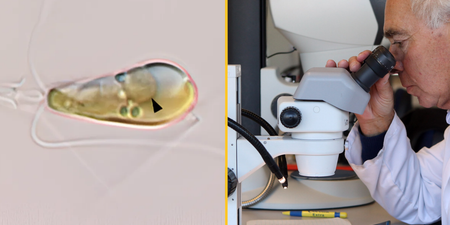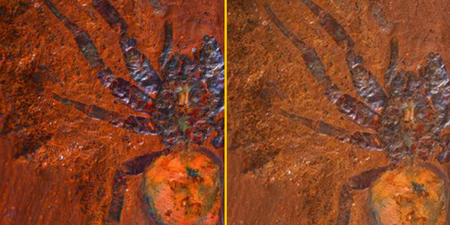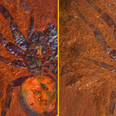Scientists have worked out why humans no longer have tails, unlike monkeys.
It’s roughly 25 million years since the evolutionary split took place between human ancestors and primates. This resulted in human losing their tails, but the exact cause of this split has been unknown to scientists for decades.
But researchers now reckon they’ve worked out the genetic mutation responsible for this, and have revealed their findings in a new study.
The study, published in Nature, highlighted a unique DNA mutation linked to the disappearance of tails in great apes and humans.
Scientists found the mutation is in the TBXT gene, which contributes to the tail length of animals.
The primary author of the study, Bo Xia, had become fascinated by the origins of the tailbone after he injured his.
One of the study’s senior authors, Itai Yanai, scientific director of the Applied Bioinformatics Laboratories at NYU Langone Health, labelled Xia a “genius because he looked at something that thousands of people, at least, must have looked at before — but he saw something different.”
Genetic changes take place over millions of years which end up altering the DNA makeup of species.
Primates have repetitive DNA sequences known as Alu elements, which can introduce variability by inserting themselves into the genome.
Researchers managed to identify two Alu elements within the TBXT of great apes, but that absent in monkeys.
The Alu elements were in regions of DNA that have in the past been deemed as non-functional ‘dark matter’ by scientists.
When the TBXT gene produces ribonucleic acid (RNA), a molecule present in the majority of living organisms, the repetitive nature of Alu sequences causes them to bind together.
This results in the removal of an entire exon during RNA splicing, the Independent reports.
Scientists introduced these Alu elements in mice, and saw that they ended up losing their tails, just like humans and apes.
Crucially, it is thought that the loss of tails was key in humans learning to walk on two feet.
Speaking about the findings, Yanai said: “We’re now walking on two feet. And we evolved a big brain and wield technology, all from just a selfish element jumping into the intron of a gene. It’s astounding to me.”
Related links:
Study reveals what people who came back from the dead first saw
Astronaut explains hidden message on family photo he left on the moon
Archaeologists are too afraid to open up the tomb of China’s first Emperor





















































